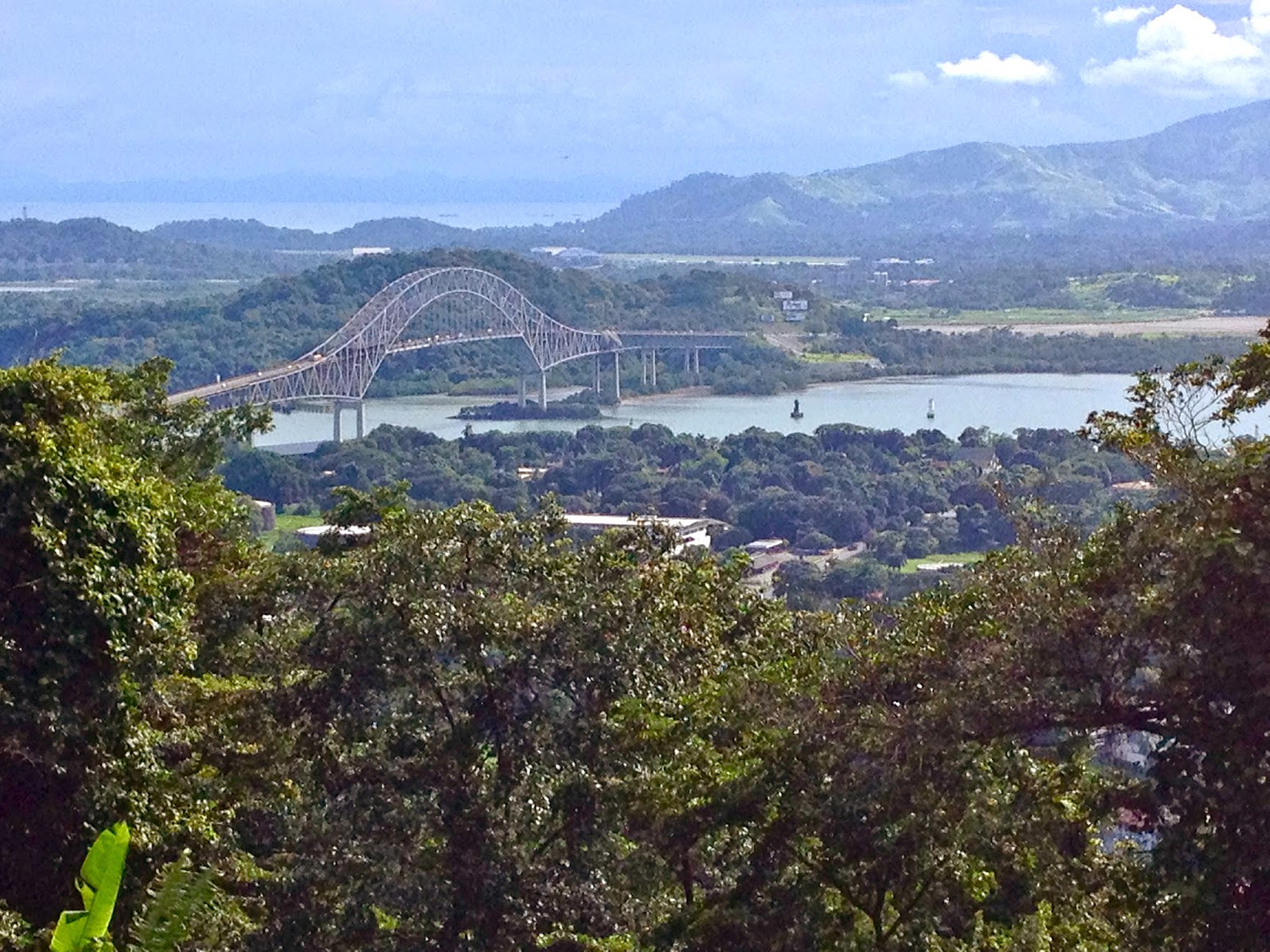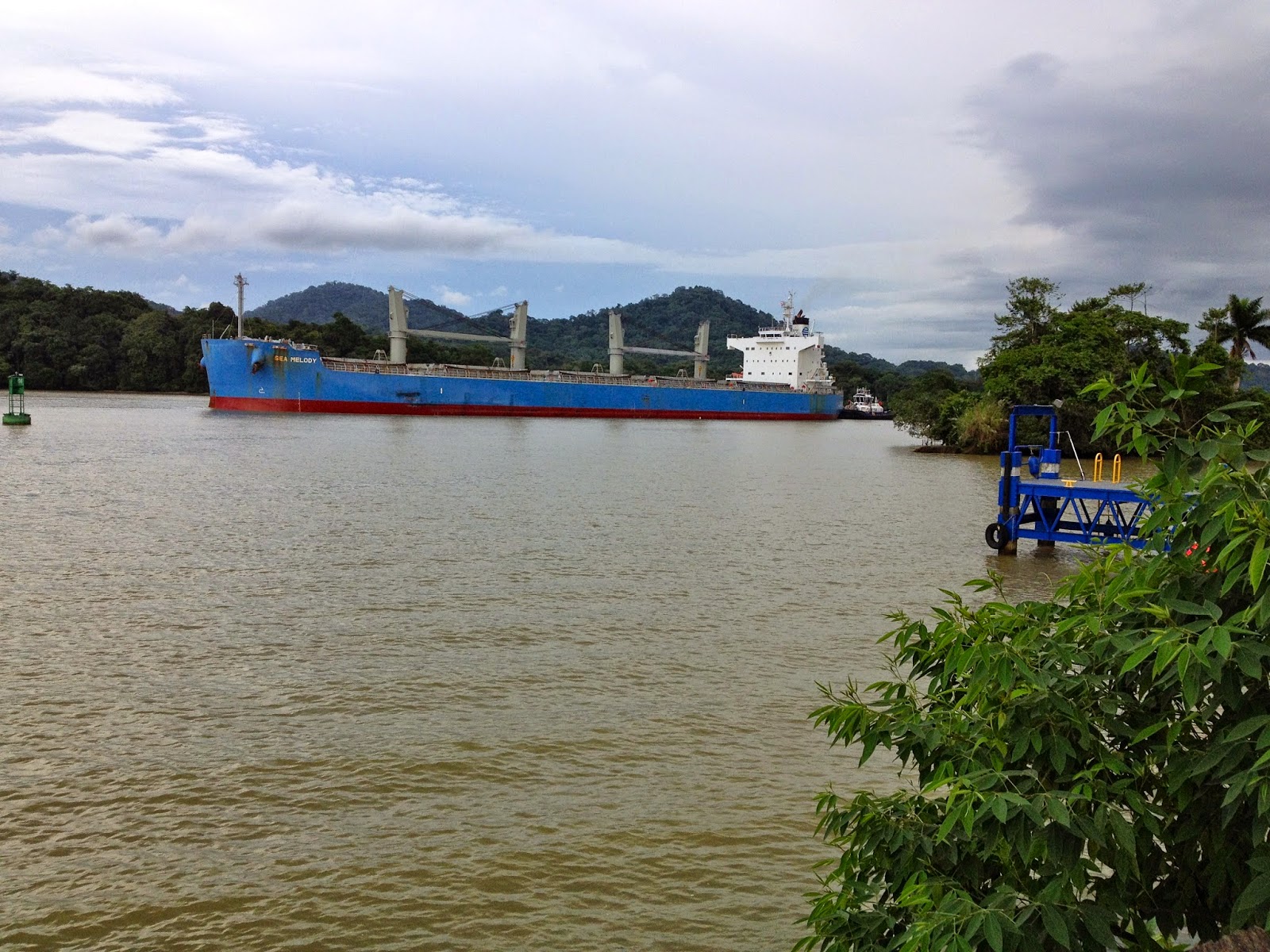I consider the jungle to be louder
at night. Well past sunset into total darkness, a cacophony of noises erupts,
enveloping the forest in the calls and echoes of a million creatures. The high-frequency
vibrations of insect wings persist at the top of the jungle chorus, piercing
through the air until your ears ring. Bats echolocate to find prey, creating
shrill vocalizations that harmonize with the buzzing insects. Then comes the
dissonance of frog calls as each species bellows acrimonious notes to attract
mates. Beneath the dominant sounds of the insects and bats and frogs, you can
hear a thousand other noises. The heavy plunk of water droplets falling onto leaves.
The rustle of leaves as coatis forage in the canopy. The chirp of a gecko. The
staccato hoots of a monkey. Each animal call or movement contributes to a
symphony of nature that reverberates incessantly throughout the night.
As I listen to this rainforest
music through the screens on my windows, I’m sitting in a bedroom at the
Smithsonian Tropical Research Institute on Barro Colorado Island. Termed BCI
for short, this island sits in a large artificial lake at the center of the
Panama Canal (Gatun Lake). Gatun Lake was formed during the building of the
canal when the Chagres River was dammed in 1913. Consequently, the large hill
that originally was connected to the greater forest became the largest island
in the lake (BCI). Set aside in 1923 for research, this 1600-hectare island remains
one of the best-preserved forests in the world and has been studied by
rainforest scientists for over 90 years. I’ll be spending the next week at BCI,
studying white-faced capuchin monkeys under the direction of my PhD advisor Dr.
Meg Crofoot at UC Davis.
 |
| Panama City (about half of it, the rest was hidden behind a tree) |
Needless to say, these past couple
days have been a whirlwind of introductions to Panama, Panama City, the Canal,
and most of all the jungle. I knew very little about Panama City prior to entering this
country. I spent a semester abroad in San Jose, Costa Rica and inadvertently
assumed that Panama City would be quite similar to its neighboring country. Not
so. The matrix of 12-lane freeways carving a labyrinth through profuse
skyscrapers and the array of enormous ships in the harbor told me otherwise.
Situated directly on the mouth of the most famous canal in the world, Panama
City is rapidly booming. In part due to profits from the canal, in part due to
illicit drug cartels. Anyways... despite the glittering buildings rising into the clouds,
the city appears somewhat illogical. There are tin-roofed shacks crowded off to
sides of the high-rise buildings. There are random jungle hillsides rising from
portions of the city. There are hundreds of old military bunkers and buildings
scattered throughout the city, remnants of the American influence on the canal.
And if you look closely, half of the towering buildings are only partially
built and appear abandoned. Regardless, Panama City presents an imposing
metropolis welcoming in the thousands of ships using the canal.
 |
| The Panama Canal |
I had a few hours in the city before heading to the island and the monkeys. We drove up a large forested hill on the city’s edge to overlook the view
of the canal and the towering buildings. The canal was magnificent, with
literally hundreds of ships hovering at the mouth to wait for their turn to
cross. While I understand little of the engineering background, it certainly
appears to be a marvel of technology and innovation. It cuts a deep scar
through the center of the country, bridging the Pacific and Atlantic Oceans in
less than 80 kilometers. My environmental conscience was pleased to see that
the canal is flanked by large swaths of untouched forest on either side, both
curtailing canal erosion and preserving the native landscape. The sprawling
city with copious high-rise structures at the mouth of the canal was remarkable
in a different way, considering that less than a million people reside there.
All a part of global recognition, I suppose.
 |
| The Bridge of the Americas- one of only two brides connecting the two sides of Panama |
 |
| Panama City Panorama |
 |
| A ship going through the canal |
Ready to head towards the island, we drove along a
road parallel to the canal towards the interior of the country. We passed some
of the canal locks which were working to lift a massive cargo ship up above sea level to cross
Gatun Lake. We left our car at a boating dock and
took a small speed boat into the canal and across the lake towards BCI.
As we rounded the shore of the
island, saturated stumps—remnants of the forest that is now buried beneath the
canal and lake—emerged from the thick, shimmering green water. The surviving
forest on the island formed a thick wall of emerald foliage, tumbling into the
water. We docked just below the research center buildings scattered up the hill
and disappearing into the jungle. BCI reminds me of La Selva research station
in Costa Rica, except the forest seems slightly wilder. I was left for a few moments before dinner at 6:30 in the dining hall. BCI
is large enough of a research station to have an on-staff chef. There is little to do at night once the sun sets in the jungle and so once dinner was completed, I departed to my room where I sit
now, listening to the forest come alive around me with the sounds of the night.
 |
| The view from my bedroom balcony |
No comments:
Post a Comment